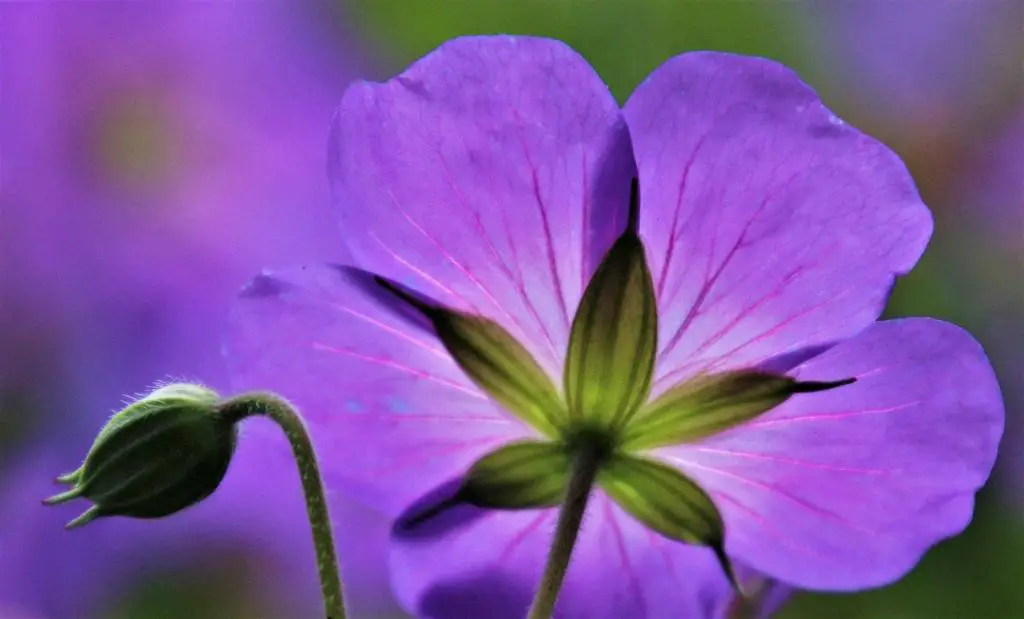When it comes to watering geraniums, it’s essential to understand the unique needs of these vibrant blooming plants. Proper watering practices play a crucial role in ensuring the health and longevity of your geraniums, whether they are annuals or perennials.
For annual geraniums, a general rule of thumb is to regularly check the soil moisture levels. Water your annual geraniums when the top inch of the soil feels dry to the touch. This indicates that the plant is ready for a good drink of water to sustain its growth and blooming cycle.
When it comes to newly planted perennial geraniums, it’s vital to keep the soil consistently moist during the first growing season. This helps the plant establish strong roots and adapt to its new environment. Regular watering during this period can significantly impact the long-term health of your perennial geraniums.
Once your perennial geraniums have established themselves in the garden, they generally become more resilient to varying moisture levels. In many cases, mature perennial geraniums can rely on natural rainfall to meet their watering needs. However, during periods of prolonged drought or extremely dry conditions, it’s crucial to supplement rainfall with additional watering to support the plant’s health.
When it comes to watering your geraniums, it’s essential to strike a balance between providing adequate moisture and avoiding overwatering. Overwatering can lead to waterlogged soil, which may promote root rot and other water-related issues that can compromise the health of your geraniums.
One effective tip for watering geraniums is to water the plants at the base, rather than overhead. This helps prevent moisture-related diseases and keeps the foliage dry, reducing the risk of fungal issues. Additionally, watering at the base allows the water to reach the roots directly, where it is most needed for optimal plant growth.
During hot summer months, geraniums may require more frequent watering to cope with increased evaporation rates. Be mindful of your local climate conditions and adjust your watering schedule accordingly to ensure that your geraniums receive adequate moisture during periods of high heat and dryness.
Consider using a moisture meter or testing the soil moisture by inserting your finger into the soil to determine when your geraniums need watering. This hands-on approach can help you gauge when it’s time to water your plants and avoid underwatering or overwatering, promoting healthier growth and blooming.
It’s important to water your geraniums early in the day to allow any excess moisture on the leaves to evaporate before nighttime. Wet foliage overnight can invite fungal diseases, so ensuring that your plants have ample time to dry out before evening can help prevent potential issues.
For container-grown geraniums, make sure that your pots have proper drainage holes to allow excess water to escape. Watering container plants too heavily can lead to water accumulation at the bottom of the pot, potentially drowning the roots and causing harm to the plant.
Keep an eye on your geraniums for signs of underwatering, such as wilting or yellowing leaves, and adjust your watering schedule accordingly. By staying attentive to your plants’ needs and providing them with appropriate moisture levels, you can help your geraniums thrive and reward you with abundant blooms throughout the growing season.
In conclusion, watering geraniums requires a delicate balance to provide the right amount of moisture for optimal growth and blooming. By following these watering tips and guidelines, you can ensure that your geraniums remain healthy, vibrant, and beautiful additions to your garden or landscape.

